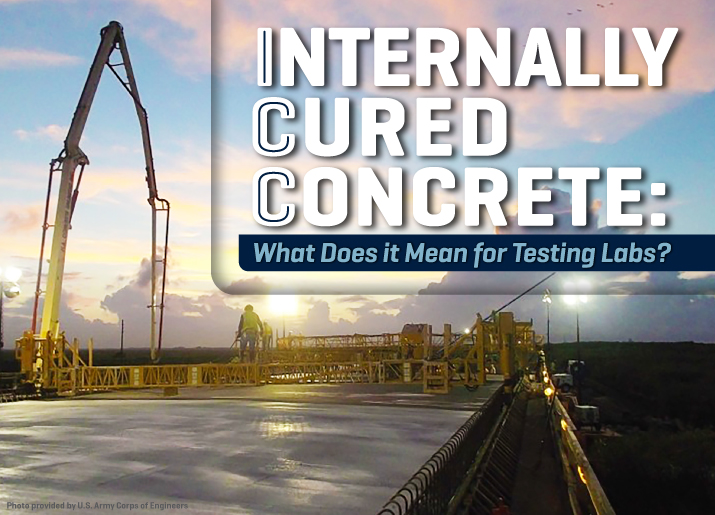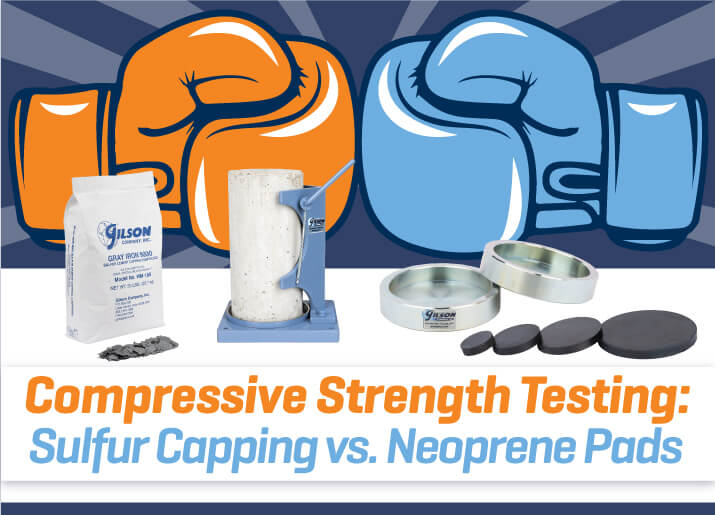
Internally Cured Concrete (ICC) effectively ensures that cementious materials have appropriate access to moisture to enhance concrete durability. Learn more about this technique and its importance for construction materials testing labs.
Have questions about your materials testing equipment? We have the answers to these questions and much more right here! Check back monthly for long-form blog posts, how-to guides and infographics. We’ll address industry insights, the operation and maintenance of specific equipment, and our product line recommendations, all designed to better serve you.
Bookmark this page, add it to your RSS reader, or subscribe to our newsletter, so you never miss a hot topic.

Internally Cured Concrete (ICC) effectively ensures that cementious materials have appropriate access to moisture to enhance concrete durability. Learn more about this technique and its importance for construction materials testing labs.

Gilson Guardian makes it possible to track concrete specimens from curing through completion. Learn how one program can enhance your lab's concrete testing programs.
While Part 1 of this blog series discussed nondestructive concrete testing methods and equipment, Part 2 will cover equipment used to detect location, orientation, and corrosion of reinforcing steel, the effects of moisture, and how to document concrete quality.
Although Alkali-Silica Reactivity (ASR) has created problems in concrete mixtures for centuries, the mechanism was not understood and documented until the mid-1930s. ASR is now recognized as a significant cause of concrete deterioration anywhere in the world where siliceous aggregates are found. In this blog article, we discuss what ASR is, the effect it has on concrete, prevention, and the equipment to use for testing.
This blog post provides insight into test methods and testing equipment for use in concrete resistivity testing. We discuss the use of the Proceq Resipod Concrete Resistivity Meter for surface resistivity and how to perform bulk resistivity.
In this month's blog post we will focus on standard-cure cylinders made for compressive strength acceptance testing. Including the importance of cylinder testing, a quick guide on the procedure, and the equipment needed in the field and lab.
It's important to run a complete set of tests, including air content and unit weight, on all fresh concrete batches, whatever the mix design. This is the best method to secure accurate and complete data that is very difficult to obtain later, and assures adherence to QC/QA requirements.

Comparing the differences between sulfur mortar capping and the use of neoprene pads with metal retainer rings will help you select the ideal procedure for your application.

Evaluating the differences between moisture rooms and curing tanks for concrete test specimen curing procedures will help you select the best option for your lab.